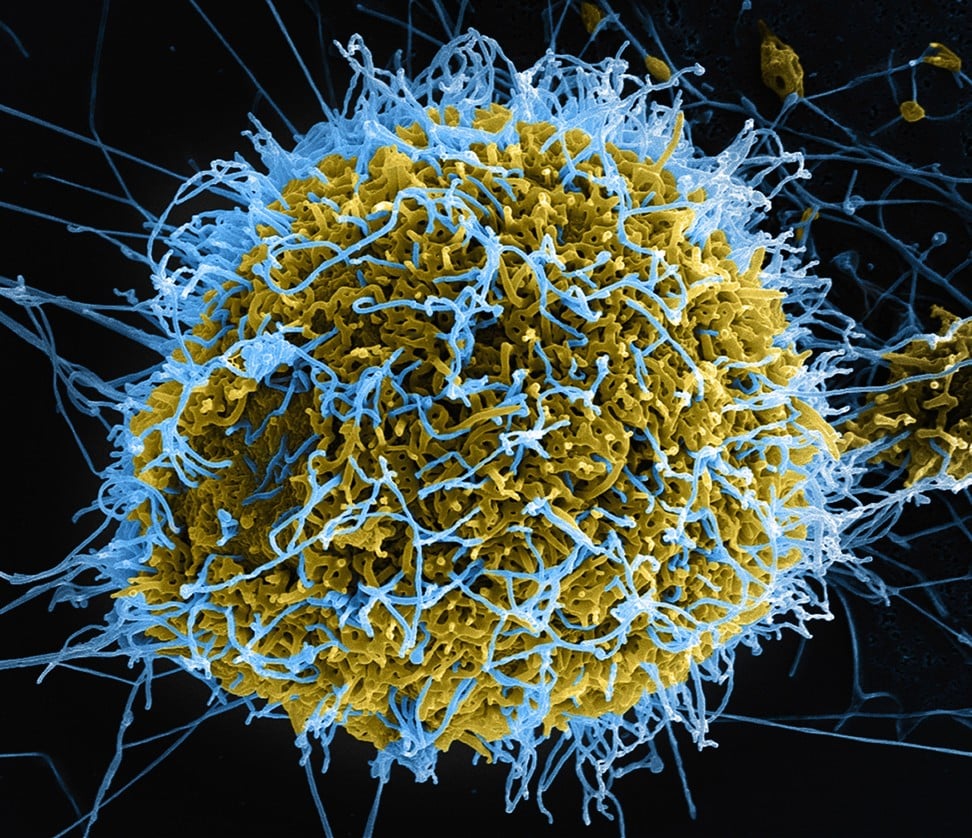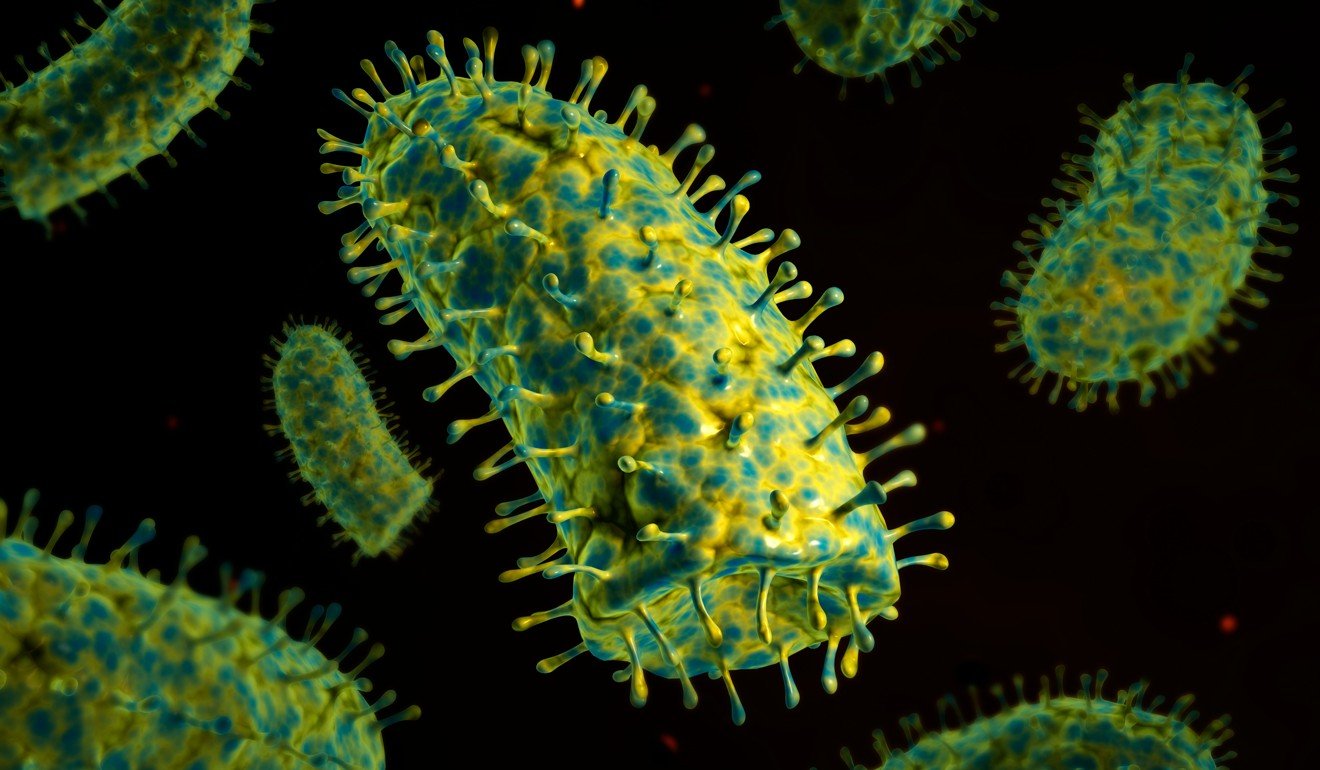
Seven of the most deadly viruses, from Ebola to rabies – hidden killers that are the biggest threat
Amid the current Ebola outbreak in the Democratic Republic of Congo, we look at seven of the most deadly infections humans can catch and how they’re transmitted and treated
Humans have been falling victim to viruses throughout history. While most viruses are harmless, and scientists have developed vaccines and antiviral drugs to stop the spread of some strains – and even eliminate them – some viruses remain major public health threats.
The most recent outbreak of Ebola in the Democratic Republic of Congo shows that we are still a long way from winning the war against viral diseases. The outbreak has claimed 90 lives since the beginning of August, and international development charity Oxfam says it is critical that the outbreak is contained in the next few weeks.
DR Congo rolls out prototype Ebola drugs as dozens die in outbreak
History has seen some nasty viruses and diseases take hold around the world. These are seven of the most deadly viruses known to mankind.

1. Ebola – mortality rate up to 90 per cent
The serious and often fatal virus found in humans and primates was first discovered in 1976 near the Ebola River in what is now DR Congo. The virus is spread through contact with bodily fluids or blood from infected people or animals.
In the most widespread outbreak, more than 11,000 people in Liberia, Guinea and Sierra Leone in West Africa were killed by the virus in 2014. Fatality rates vary depending on the strain: the Zaire strain has a fatality rate of 90 per cent, according to the World Health Organisation, while the Reston strain does not even make people ill.
Ebola erupts again in Congo – this time in an active war zone
The densely populated town of Mangina is the epicentre of the most recent outbreak in DR Congo. This is the ninth time an Ebola outbreak has been recorded in the country.
Symptoms include an abrupt onset of fever, intense weakness, headache, muscle pain and sore throat. The next stage includes vomiting, diarrhoea, blood in stool, rashes, and kidney and liver impairments.

2. Rabies – mortality rate 100 per cent if unvaccinated
Around 55,000 people die annually of rabies; 95 per cent of those cases are reported in Asia and Africa. The deadly virus, which is transmitted from animals to humans, has a 100 per cent fatality rate. The virus is transmitted in the saliva of rabid animals such as bats, dogs and cats. The WHO says 99 per cent of humans who die of rabies catch it from dogs.
The virus affects the brain and nervous system. In 2009, a severe outbreak of the virus killed more than 90 children in Angola, southern Africa.
Chinese regulators step up vaccine inspections after latest scandal
The virus is endemic on all continents (except Antarctica), according to the WHO, but anyone infected can be saved if a vaccine is administered before symptoms appear.
“The true burden of the disease is likely to be underestimated due to chronic under-reporting and political neglect in many developing countries,” WHO says.

3. Smallpox – mortality rate 95 per cent
The ancient virus is one of the most devastating diseases known to mankind. The extremely contagious disease is caused by the variola virus. Humans have battled the virus for thousands of years. In the 20th century alone, smallpox killed 300 million people worldwide. Thanks to a global immunisation campaign, WHO declared the virus had been eradicated in 1980. The last known natural case was in Somalia, East Africa, in 1977.
1938 Hong Kong – in the grip of a deadly smallpox epidemic
The disease is distinguished by high fever, a bumpy rash, pus-filled blisters, vomiting and body aches. Survivors are often left blind and with deep, permanent scars.

4. HIV/Aids
The human immunodeficiency virus is one of the most deadly viruses of modern times. More than 35 million people have died of acquired immunodeficiency syndrome (Aids) brought on by HIV infection since the disease was first recognised in the 1980s. Last year alone, 940,000 people died from Aids-related illnesses globally, according to the WHO.
HIV targets the immune system and weakens people's defences against infections and some types of cancer. HIV can be transmitted via the bodily fluids of infected individuals, such as blood, breast milk, semen and vaginal secretions.
Hong Kong’s HIV problem: why prejudice is the real malady
There is no cure for HIV infection. However, effective antiretroviral drugs can control the virus and help prevent transmission. The WHO estimates that currently only 75 per cent of people with HIV know they are infected. Last year, more than 21 million people living with HIV underwent antiretroviral therapy (ART) globally.
While it is still a major global public health issue, between 2000 and 2017 new HIV infections fell by 36 per cent and Aids-related deaths fell by 38 per cent thanks to ART.

5. Influenza – mortality rate depends on the strain
According to the WHO, up to 500,000 people die globally during a typical flu season. Sometimes, when a new strain emerges, a pandemic breaks out.
Spanish flu, a strain of H1N1 influenza, caused a deadly pandemic in 1918. Up to 40 per cent of the world’s population contracted the flu, with 50 million people dying from it.
Bird flu scare shuts down popular songbird garden for 21 days
Influenza A virus H5N1, or bird flu, is a viral infection spread from bird to bird. While bird flu normally only infects birds, humans were infected with a strain in Hong Kong in 1997. The H5N1 strain infected 18 humans at the time, and six people died. Since the deadly virus first infected humans in 1997, it has killed 60 per cent of infected patients.

6. Marburg virus – mortality rate 23-90 per cent
The first cases of Marburg virus were identified in the 1960s when lab workers in Germany were exposed to infected monkeys imported from Uganda, East Africa. Thirty-one people developed symptoms of haemorrhagic fever, seven of whom died. Like Ebola, the Marburg virus causes a high fever and bleeding throughout the body. It can lead to shock, organ failure and death.
There is no proven treatment available for Marburg virus. However, the WHO says a range of potential treatments, including blood products, immune therapies and drug therapies are being evaluated.

7. Hantavirus – mortality rate 38 per cent
Hantavirus pulmonary syndrome is a severe and sometimes fatal respiratory disease. People become infected with it through contact with hantavirus-infected rodents or their urine and droppings. According to the US Centres for Disease Control and Prevention, 600 people have contracted the virus in the United States, and 38 per cent have died from the disease.
How bad is Hong Kong’s summer rat problem?
Early symptoms include fatigue, fever and muscle aches, especially in the large muscle groups. Later symptoms include coughing and shortness of breath as the lungs fill with fluid.
There is no specific treatment, cure, or vaccine for hantavirus infection.

